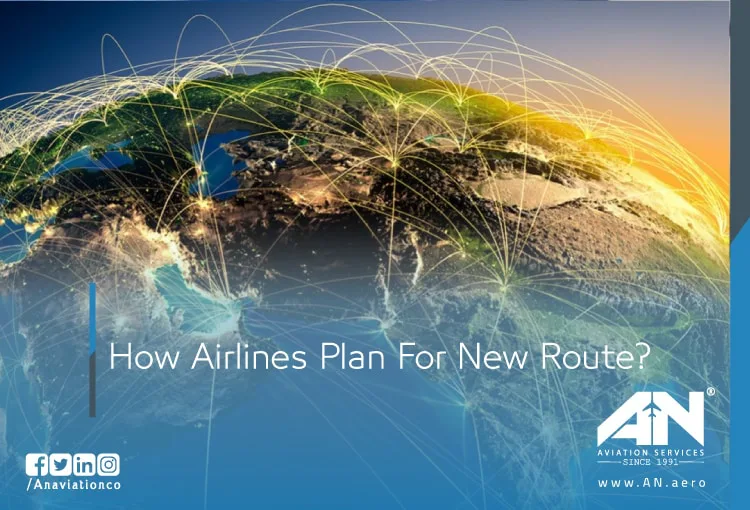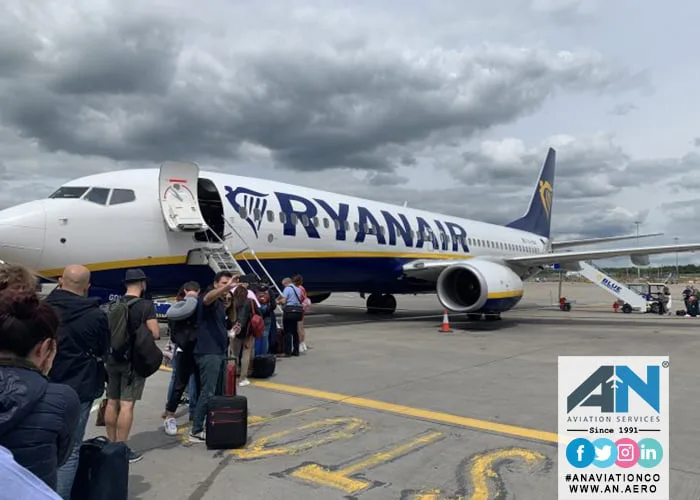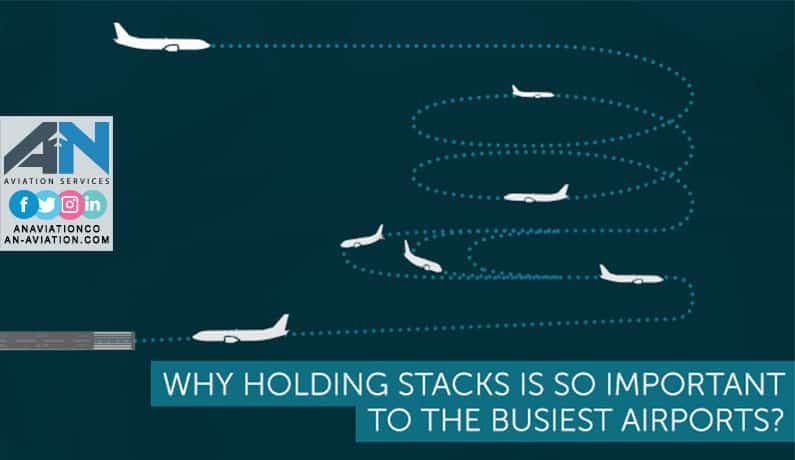
The introduction of a new airline route is much more than just picking two destinations on a map and flying between them. Behind the scenes, airlines conduct extensive research, analysis, and coordination before launching a new route. The process is a blend of strategic planning, market research, operational assessments, and regulatory clearances, ensuring that every flight operates seamlessly and profitably. In this article, we’ll take a closer look at how airlines plan for a new route and the steps involved in making it a reality.
Step 1: Market Research – Finding the Right Opportunity
The process begins with identifying the demand. Airlines carefully analyze passenger and cargo trends to understand which destinations could benefit from a new connection. This involves studying data such as traveler demographics, business or tourism activity in potential destinations, and seasonal trends.
For example, if an airline notices a growing number of travelers booking connecting flights between two cities, this may indicate potential demand for a direct route. Similarly, destinations experiencing rapid economic growth or increased tourism appeal often become candidates for new routes.
The competition is another crucial factor. Airlines assess whether competitors are serving the same route and, if so, how they can differentiate themselves, either through pricing, superior services, or alternative schedules.
Step 2: Feasibility and Profitability Studies
Once the demand for a potential new route is identified, the next step is to determine its profitability. Airlines consider several factors, including operational costs such as fuel expenses, crew salaries, and landing fees at both the departure and arrival airports.
They also look at expected revenues, calculating how many seats they need to sell at specific price points to make the route viable. The yield per passenger, which reflects how much revenue is generated for every passenger flown, is a critical metric in deciding whether a route makes financial sense.
Step 3: Regulatory Approvals and Overflight Permissions
Launching a new route requires compliance with aviation regulations and securing necessary permissions. Airlines must gain clearance from aviation authorities in both the departure and destination countries.
Additionally, airlines need overflight permits for any countries they may fly over en route. These permits ensure that the airline can legally operate its flights through foreign airspace. Obtaining these approvals often involves extensive negotiations and can take months, depending on the complexity of the route.
Step 4: Operational Readiness
Once the route is cleared from a regulatory perspective, airlines focus on operational planning. This includes determining the type of aircraft that will service the route. For shorter routes, narrow-body aircraft such as the Airbus A320 or Boeing 737 may be used, while long-haul routes often require wide-body planes like the Boeing 787 or Airbus A350.
Airlines must also evaluate whether the selected aircraft can handle the specific challenges of the route, such as high-altitude airports or extreme weather conditions. Runway lengths, airport facilities, and refueling capabilities all come into play here.
Step 5: Scheduling and Slot Allocation
Airlines then work on scheduling their new flights, ensuring they align with passenger convenience and operational efficiency. For instance, airlines aim for departure times that allow seamless connections to other flights or fit into the preferences of business or leisure travelers.
Airports operate under strict slot allocation systems, especially busy hubs. Airlines must negotiate with airport authorities to secure the necessary time slots for both takeoff and landing. The competition for prime slots can be fierce, and timing can significantly influence the success of a route.
Step 6: Marketing and Launch
Once everything is set, airlines turn their attention to promoting the new route. Marketing campaigns are launched to generate excitement and attract travelers. Airlines may announce promotional fares, highlight key attractions of the new destination, or emphasize the convenience of the direct route.
The launch itself is often celebrated with much fanfare, including inaugural flights featuring special guests, media coverage, and sometimes even celebratory events at the airport. This initial buzz helps airlines secure early bookings and build momentum for the route.
Step 7: Ongoing Monitoring and Adjustments
Even after the route is operational, the work doesn’t stop. Airlines continuously monitor its performance, analyzing load factors (the percentage of seats sold) and revenue data.
If the route struggles to meet expectations, airlines may adjust flight frequencies, tweak schedules, or introduce marketing campaigns to boost demand. Conversely, if the route is highly successful, airlines may consider increasing flight frequency or deploying larger aircraft to meet demand.
The Importance of New Routes
Adding new routes is a vital part of airline growth strategies. Not only do they help airlines expand their networks and reach new markets, but they also enhance connectivity for passengers. For airports, new routes bring increased foot traffic and economic benefits to the surrounding areas.
Final Thoughts
Planning a new airline route is a meticulous process that combines data-driven strategies, regulatory compliance, and logistical coordination. From market research to flight scheduling, every step plays a crucial role in ensuring the success of the route.
For passengers, a new route means more travel options, greater convenience, and sometimes even lower fares. For airlines, it’s an opportunity to grow and meet the ever-evolving demands of air travel. Next time you hear about a new flight being launched, you’ll know the careful planning and effort that made it possible!
















